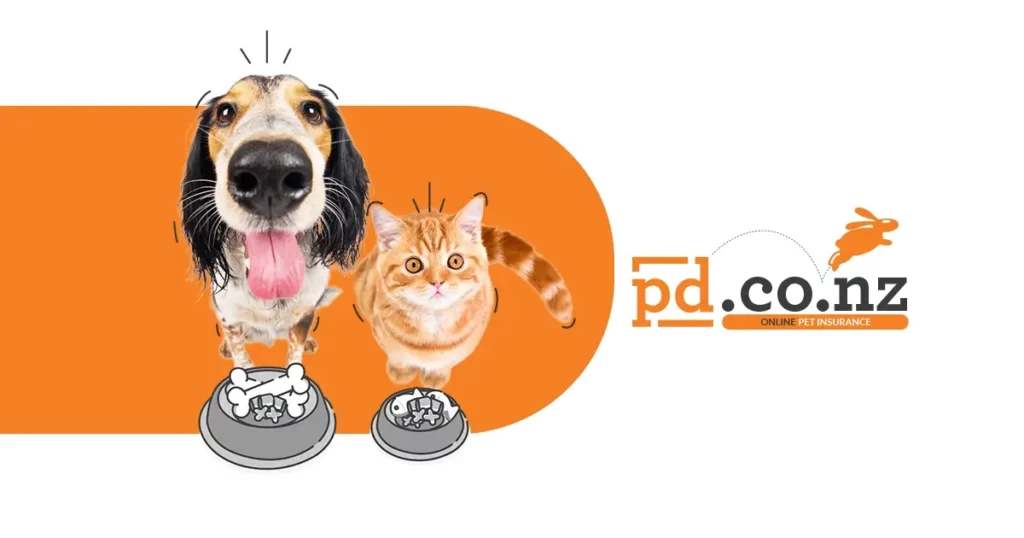4 Quick Tips to Avoid Chaos in a Multi-Pet Household
In a household with multiple pets, maintaining peace and safety is crucial.
Messy behaviors often lead to conflicts, stress, and potential harm to humans and animals in the household. By establishing harmony through clear rules, individual attention, and proactive management, you can foster a positive atmosphere that enhances the well-being and happiness of all pets involved.
Nevertheless, consider being equipped with puppy insurance so your furry family’s health is sufficiently covered with minor economic implications during unexpected health situations and medical emergencies.
Contemplate purchasing dog insurance so your pets can receive affordable medical treatment with little financial stress during non routine vet visits. In the meantime, read this article to learn quick tips to avoid debacles in a multi-pet household.

1.Teach the puppies their names
When living with multiple dogs, teaching each pupper to recognize and respond to its name is crucial. You can achieve this by calling every puppy’s name individually and rewarding it for giving you its attention. Begin by practicing privately with every pooch to ensure they learn their names. Once they have mastered this, move on to practicing together as a group to reinforce the name recognition skills. This training can help establish clear communication and facilitate effective management in a multi-pet household.
2.Provide separation time
When pets spend most of their time together, engaging in shared activities and relying on each other for companionship, they can develop a strong bond. In such cases, they may experience anxiety or distress when separated from one another, even if they are not specifically anxious about being away from their human owners.
When left alone, this can lead to behaviors like excessive vocalization, destructive chewing, or house-soiling. One solution is to introduce independent activities and alone time for each dog gradually. Provide separate feeding areas, individual play sessions, or designated resting spaces, implement crate training or use baby gates to create separate areas so they can be comfortable with short periods of separation.
3.Private training sessions
Dedicate individual training time so you can nurture a strong bond, reinforce their roles, prevent behavioral issues, and tailor training to each fur baby’s requirements. This approach can help promote a harmonious multi-dog household and allow each furry companion to reach its full potential.
When puppies train together, they may inadvertently pick up each other’s behaviors, including bad habits. Training individually reduces the likelihood of such behavioral contagion and allows you to address specific issues or challenges without interference.
4.Individual bonding time
Spend dedicated one-on-one time with each furry pet engaging in activities they enjoy, like play, training, or walks. Take them on separate walks or outings to provide mental and physical stimulation tailored to their preferences. Schedule grooming sessions individually, giving every pooch the attention it needs for brushing, bathing, and nail trims.
Remember, consistency and fairness are key. By prioritizing individual care and attention, you can strengthen the bond with each dog, meet their unique needs, and maintain a positive and balanced multi-pet household.
Simultaneously consider being equipped with puppy insurance so your furry family members are covered for basic health benefits during accidental injuries, sickness, and medical emergencies. Contemplate purchasing dog insurance so that providing medical care need not be a significant financial hassle during unplanned vet visits.

